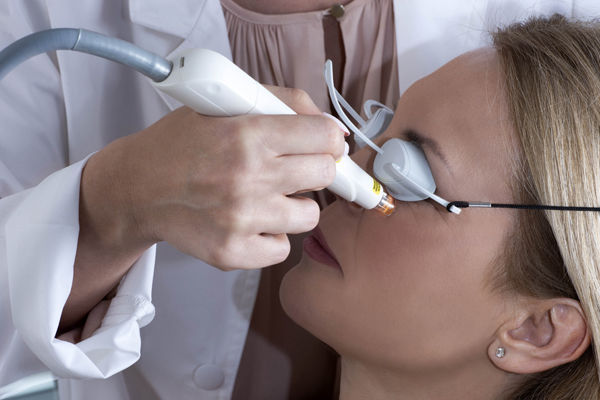
OptiLight IPL
Millions of people have discovered the hard way that most Dry Eye therapy choices are ineffective for treating the primary cause of Dry Eye Disease: Meibomian Gland Dysfunction (MGD). OptiLight, with patented Optimal Pulse Technology, is now a solution for Dry Eyes. It is the only FDA-approved Dry Eye treatment that uses powerful, broad-spectrum light to finally address MGD inflammation.
Call 469.490.ENVY (3689) today or schedule an appointment online.
